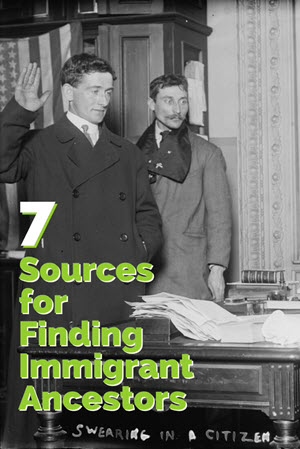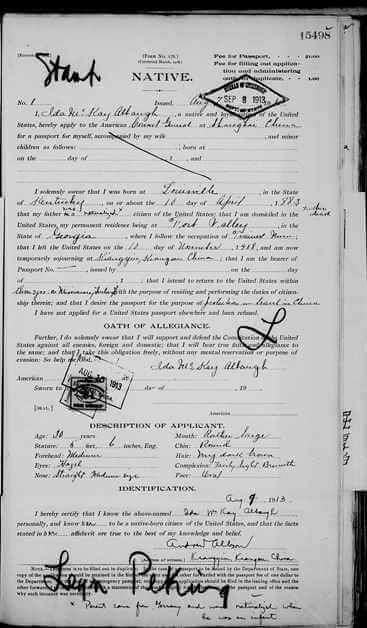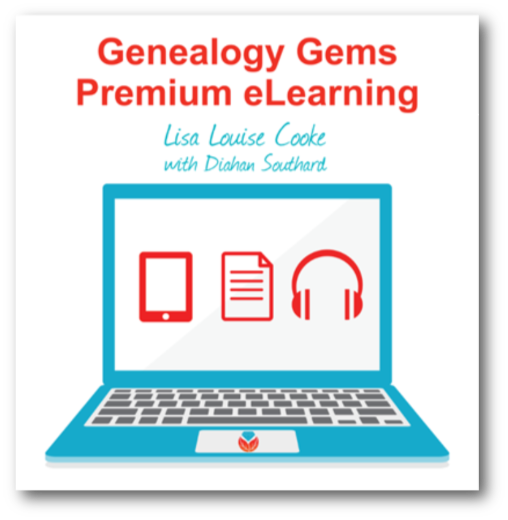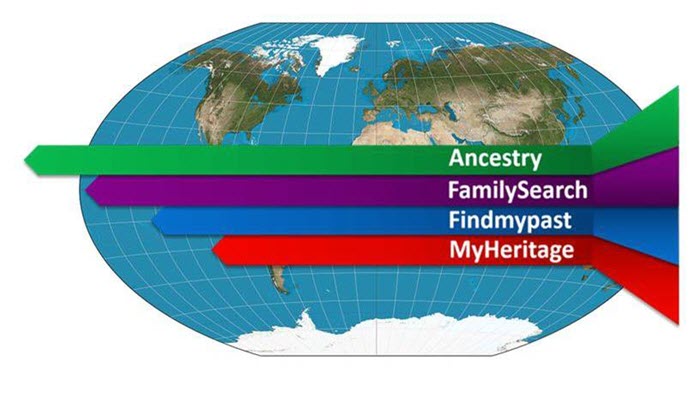French Genealogy Records and More—Now Free Online!
Nearly 2.5 million French genealogy records are among the free collections now available online at FamilySearch.org. Also: German church records, Dutch civil registrations and 3 free digital archives for researching U.S. ancestors in CT, GA and NJ.
Free French genealogy records
France, Brittany, Church and Civil Records, 1521-1896 is a new collection of more than 2.4 million birth, marriage, and death records from Ille-et-Vilaine and Côtes-d’Armor. It’s now free to search on the Genealogy Giant FamilySearch.org. In addition to knowing the name of the person you’re searching for, the site also recommends you have a good idea of at least one additional piece of information about them, such as a birthplace, birth date or parents’ names, so you can more confidently distinguish your relatives from others with similar names.
Click here for links to resources on reading French-language records—and keep reading for a link to learn more about getting and using your free guest account at FamilySearch.org.
Chile civil registrations
Nearly 360,000 indexed names have been added to Chile, Civil Registration, 1885-1932, a collection of indexed and imaged birth, marriage, death and other records created by civil registration offices in Chile. Some of the 1.6 million record images have been indexed, so you can search for ancestors by name. More names are being added on an ongoing basis, so keep checking back—or browse the records yourself if you know the approximate time and place to find your family’s names in them.
German church records
Another new (and free, as always on FamilySearch.org) collection is 250 years’ worth of German Catholic birth, marriage and death records: Germany, Rhineland, Diocese of Trier, Catholic Church Records, 1704-1957. Important note: the collection description states that “These images are available to view at Family History Centers…If possible, visit your nearest Family History Center to view the images.” Click here to find a Family History Center near you—and contact them to confirm their hours and access to the records you want.
Netherlands civil registration
More than 200,000 free records have been added to an existing FamilySearch collection of over 6 million records, Netherlands, Noord-Holland, Civil Registration, 1811-1950. In addition to births, marriages, and deaths, you’ll also find 10-year indexes, marriage intentions, marriage proclamations, and marriage supplements! According to the collection description, that date range isn’t comprehensive: “The collection covers the years 1811 to 1950, but the exact years vary within each municipality and record type.”
3 free digital archives for researching U.S. ancestors
Connecticut. Connecticut State Library Announces 25 Historic Newspaper Titles to be Digitized. “The Connecticut State Library is pleased to announce that with a third grant from the National Endowment for the Humanities, 25 newspaper titles have been selected to be digitized for the Connecticut Digital Newspaper Project (CDNP), and made freely available online. “
Georgia. The Digital Library of Georgia has announced new digital collections from Spelman College and Morehouse College. Among the digitized resources for these historically black colleges are the Spelman Messenger (1885-2016), “featuring school news, articles by students, creative writings, book reviews, alumni notes and obituaries;” Spelman Catalogs and Bulletins since 1881, Spelman yearbooks (1951-2007) and Morehouse College yearbooks back to 1923. College yearbooks, newspapers and even the annual administrative documents about the degree programs, faculty and campus life, and tuition can give a unique insight into your college-attending forebears.
New Jersey. The Newark Public Library has announced the new Newark Public Library Digital Archive with “over 50 collections and 23,000 items related to African American, Latino, and Newark history.” Documents include genealogically-rich sources such as photographs, city directories, newspapers, and maps. According to the announcement, “Highlights include thousands of photos of Newark Public Schools, the Samuel Berg collection of Newark Street photos, Newark maps and atlases, Newark area newspapers (including the Newark Herald, City News, and La Tribuna!) & so much more!”
Access French genealogy records and others on FamilySearch.org
FamilySearch is the Genealogy Giant that’s always free to use—so everyone should! Our best tip is to create a free guest login on the site so you can maximize your access to all its resources. Click here to read more about how to use that guest login on FamilySearch.org–and more about what kinds of resources you’ll find at your fingertips there. And did we mention that it’s FREE?

About the Author: Sunny Morton
Sunny is a Contributing Editor at Lisa Louise Cooke’s Genealogy Gems; her voice is often heard on the Genealogy Gems Podcast and Premium Podcasts. She’s known for her expertise on the world’s biggest family history websites (she’s the author of Genealogy Giants: Comparing the 4 Major Websites); writing personal and family histories (she also wrote Story of My Life: A Workbook for Preserving Your Legacy); and sharing her favorite reads for the Genealogy Gems Book Club.
Disclosure: This article contains affiliate links and Genealogy Gems will be compensated if you make a purchase after clicking on these links (at no additional cost to you). Thank you for supporting Genealogy Gems!


















